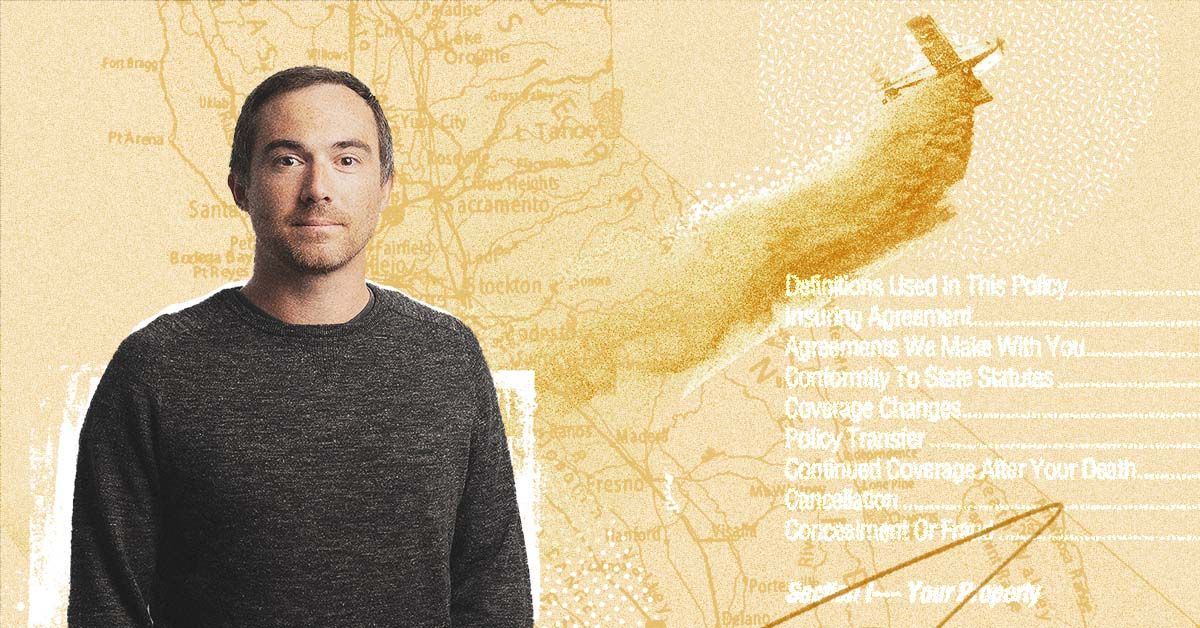Economies of Wildfire
An environmental economist examines California's homeowners insurance crisis.
Published Date
Story by:
Topics covered:
Share This:
Article Content
This story was published in the Fall 2023 issue of UC San Diego Magazine.
Losing a home to fire is a terrible blow. Not only does a home contain memories and sentimental belongings, but for most families, a house is also their primary financial asset. Yet, as the threat of wildfire grows in the United States and many other places around the world, it has become increasingly difficult to buy homeowners insurance.
Earlier this year, two companies, State Farm and Allstate, pulled out of California’s home insurance market citing increased wildfire risk and cost of new construction. “To lose an asset suddenly and entirely to a wildfire — without insurance to compensate families for those losses — is potentially devastating,” says Judd Boomhower, assistant professor of economics. “One of the most important things we can do as environmental economists is to try and understand how to make those markets function better and ensure insurance is available and appropriately priced throughout the United States.”
Boomhower’s current research explores the potential causes of the destabilized insurance market in California.
He is interested in the role that markets and public policy play in addressing wildfire risk. “I think about questions such as, ‘How do we make sure that insurance markets function well and provide financial protection to people against this very important financial risk?’” says Boomhower.
He also hopes to understand how insurers are innovating to address the growing risk of fire due to climate change, weather patterns, changing water cycles and increased development in places that have a high risk of fire.
In earlier related work, Boomhower and Patrick Baylis, a colleague from the University of British Columbia, assessed the impact of California’s building codes on a home’s ability to survive wildfire. They gathered damage censuses from disparate state and county offices into a single new dataset to include the homes that have been exposed to major wildfires in the U.S. in the last 20 years. This allowed them to investigate the differences between the structures that survived and those that didn’t. Their analysis showed that California’s building codes have proven very effective at improving the survivability of homes in comparison to similar homes built elsewhere that were not subject to the same regulations. And remarkably, the building codes not only protect new buildings from catching fire but also reduce structure-to-structure spread, thereby reducing the threat even to neighboring, older homes.
“To lose an asset suddenly and entirely to a wildfire — without insurance to compensate families for those losses — is potentially devastating.”
But better building codes are not enough. “When we think about creating wildfire resilient communities, we also want to think about financial protection against risk,” says Boomhower. “Once we’ve done all the things to physically protect structures, we also want to make sure that the people who own those structures have access to insurance that will allow them to recover if they do experience a tragic wildfire loss."
You May Also Like
Stay in the Know
Keep up with all the latest from UC San Diego. Subscribe to the newsletter today.





